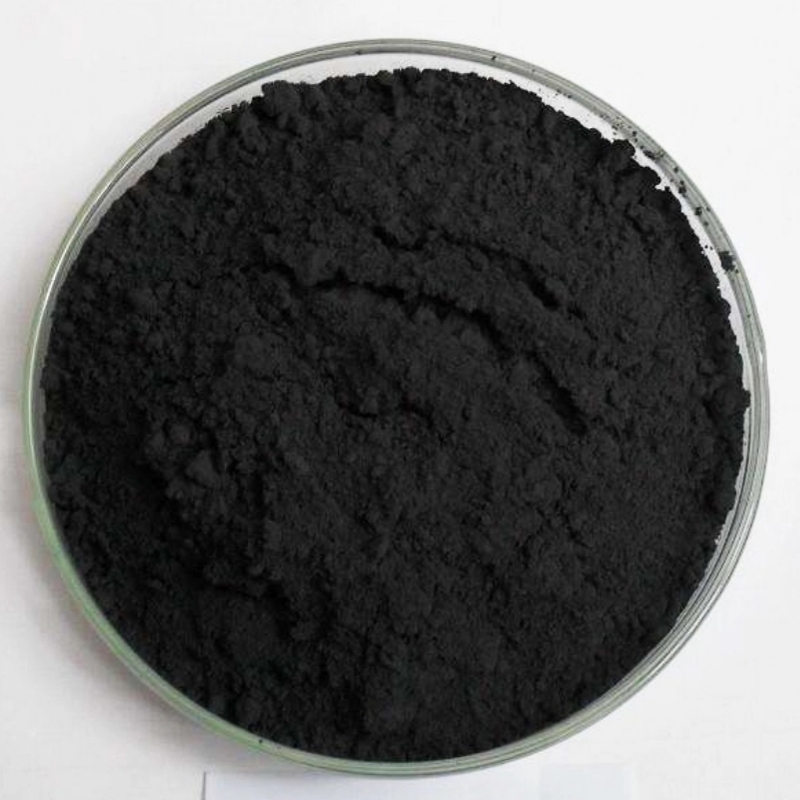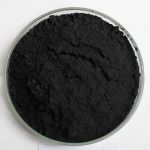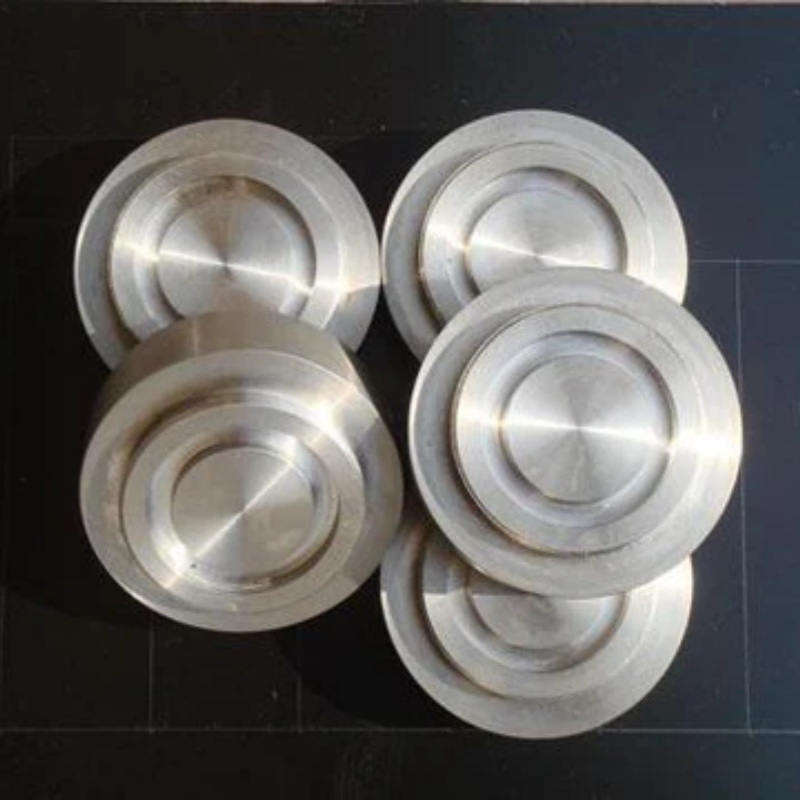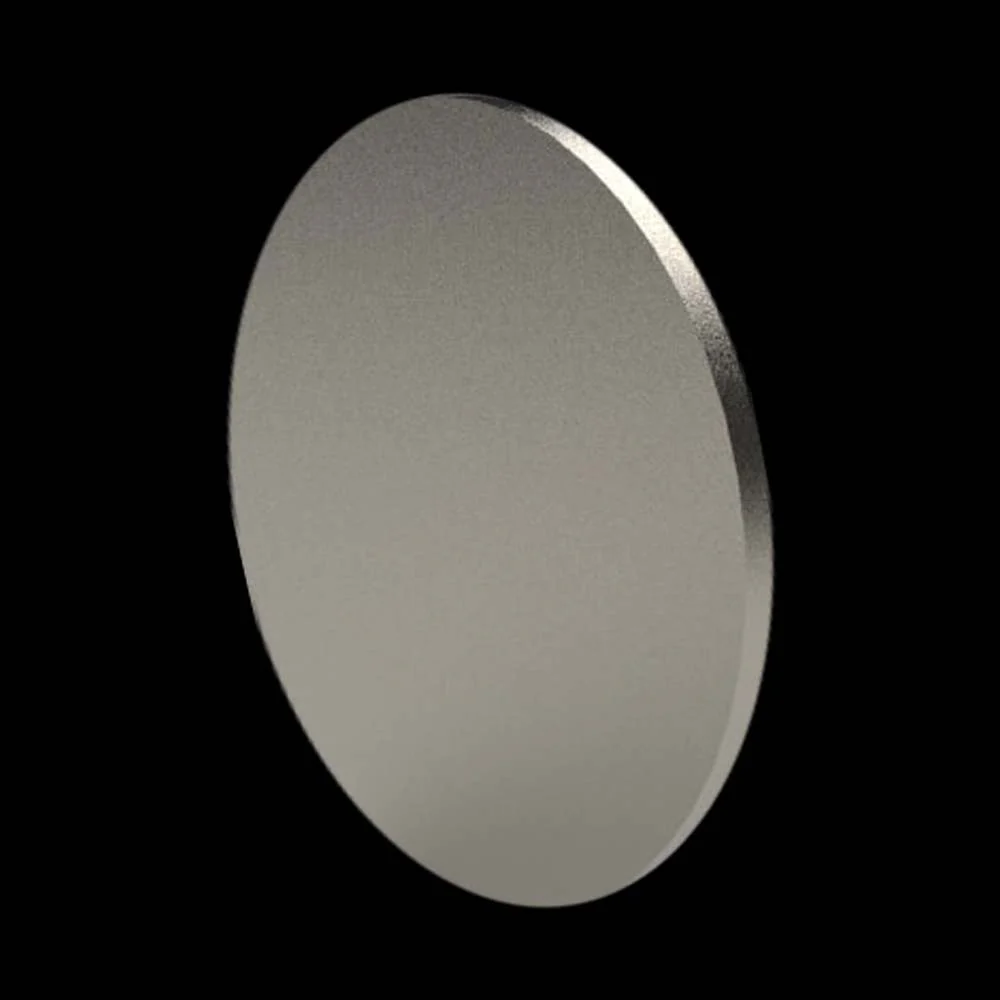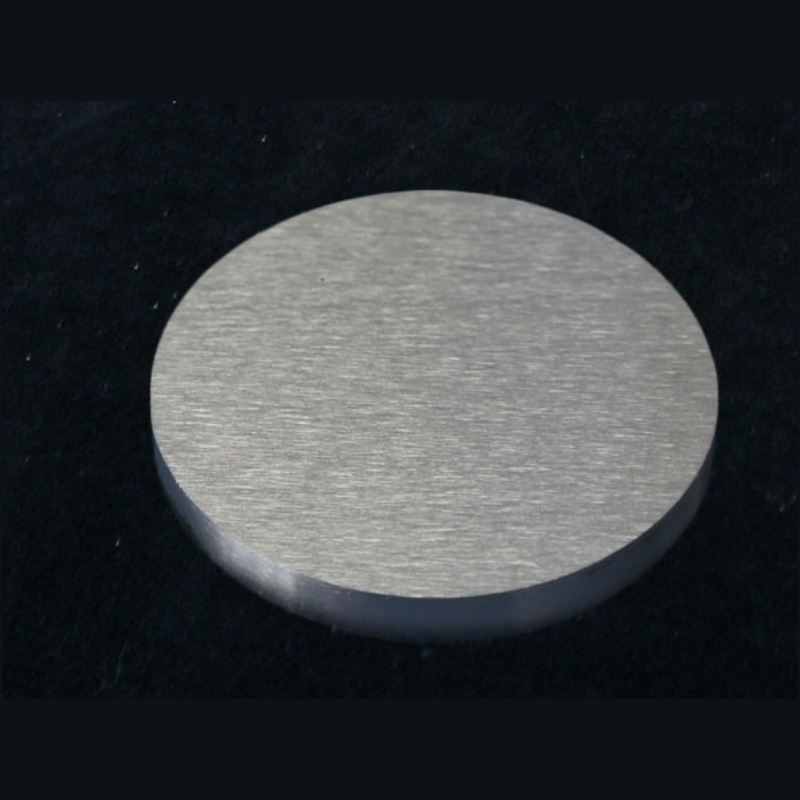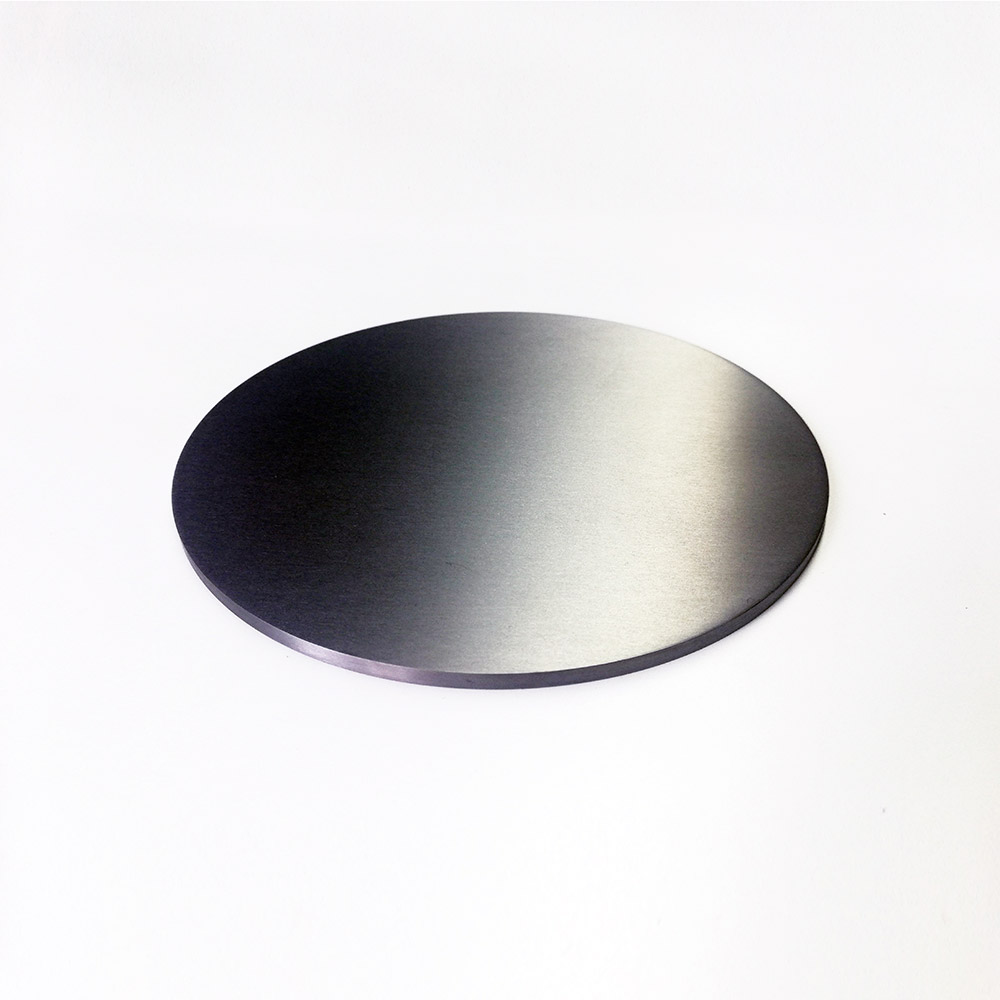Strontium Nitride (Sr₃N₂) is a high-performance inorganic compound known for its exceptional chemical stability, excellent ionic conductivity, and superior thermal stability. This compound is primarily used in specialized applications such as ceramics, battery technology, and material science, where it serves in critical components exposed to high-temperature and reactive environments. Its unique chemical composition and properties make it suitable for demanding applications requiring reliability and high performance.
Product Overview
Strontium Nitride (Sr3N2), also known as tris(strontium) nitride, is a compound formed by the combustion of metallic strontium in air or nitrogen. It is stable at room temperature but reacts with water to form strontium hydroxide and ammonia gas. Strontium nitride is soluble in HCl and remains stable at temperatures below 1000°C. It can react with hydrogen at high temperatures to form strontium hydride nitride.
Key Features
- Reactivity: Reacts with water to form strontium hydroxide and ammonia gas.
- Thermal Stability: Stable at temperatures below 1000°C, making it suitable for high-temperature environments.
- Hydrogen Absorption: Begins absorbing hydrogen at around 270°C, forming strontium hydride nitride.
Applications
- Nitride Phosphors: Strontium nitride is a key raw material for producing nitride-based phosphors.
- Precision Ceramics: Widely used in precision ceramics for its stability and high-performance properties.
- Aerospace and Military: With its high thermal stability, strontium nitride is suitable for use in aerospace and military applications.
| Property | Content |
| Molecular Formula | Sr₃N₂ |
| CAS | 12033-82-8 |
| Density | 0.93 g/cm³ |
| Appearance | Black Powder |
| Melting Point | 1200 ℃ |
| Molar Mass | 290.87 g·mol⁻¹ |
| Solubility | Reacts with water |
 new material
new material

